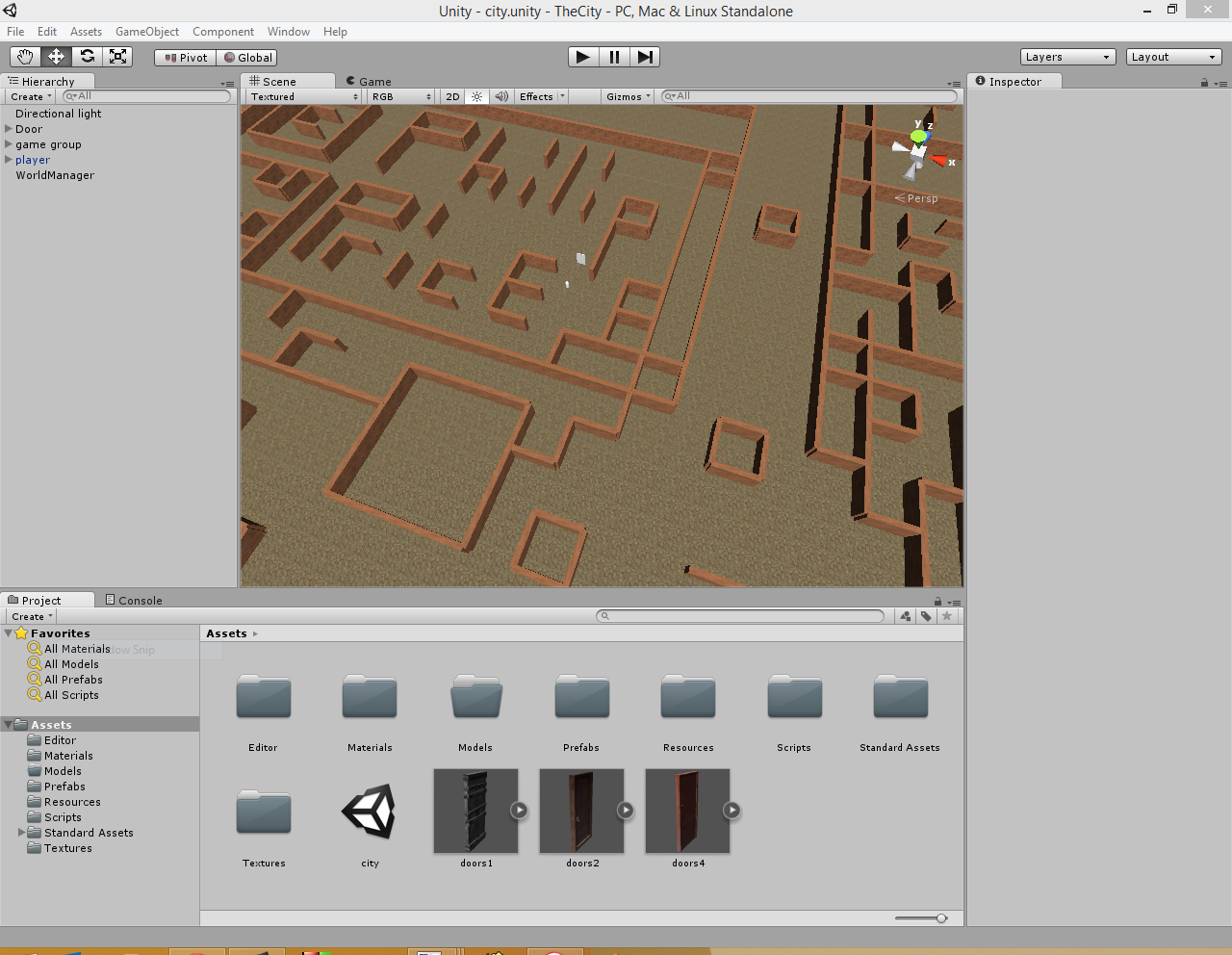Alternate Reality X – Modifying the City
There are a number of challenges in the changes I’m working on for Alternate Reality X. Nothing too serious but I want to make it look right so I’m taking a bit of time to experiment with Unity and read up on the commonly used techniques that I think will be the best fit for… Read More »

